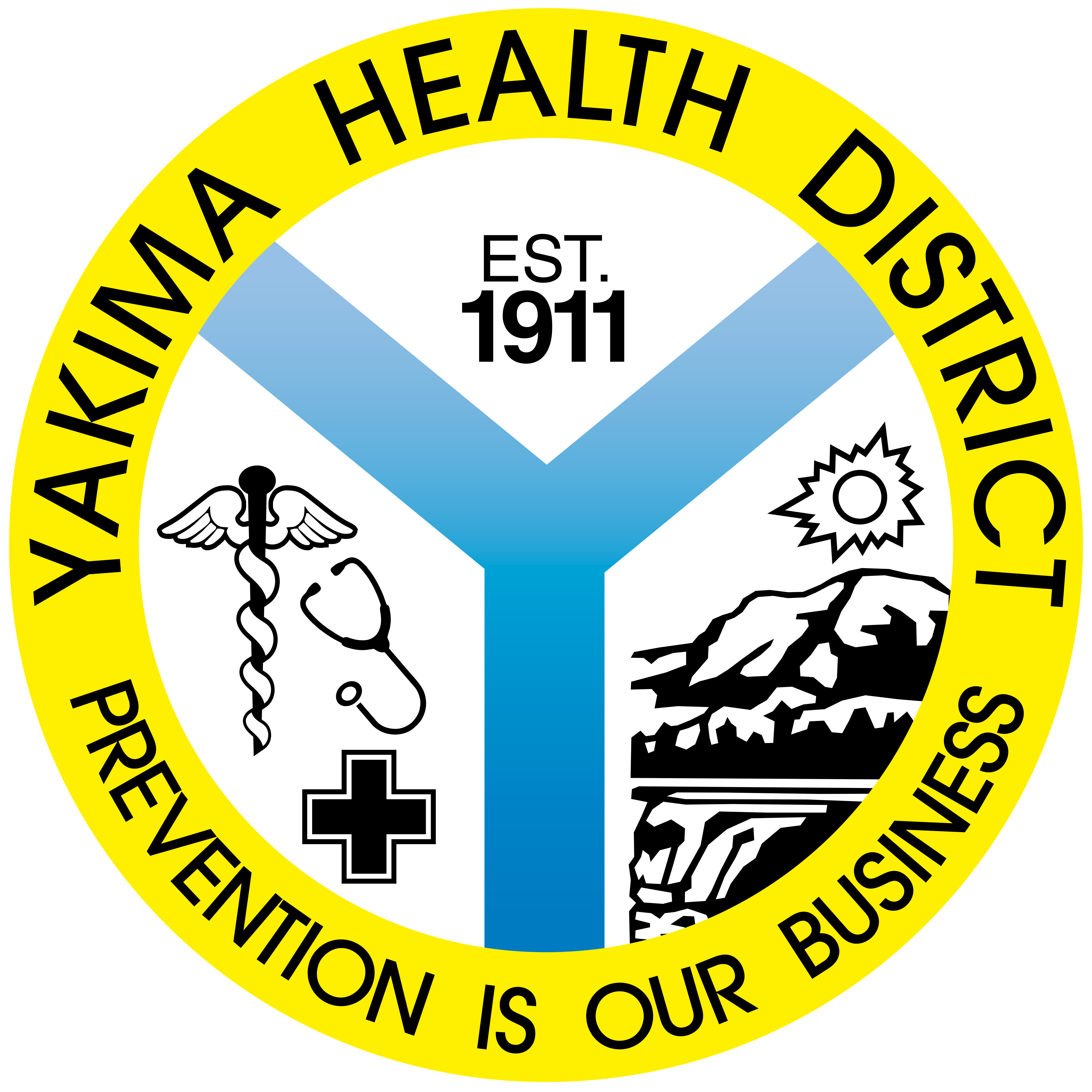
Requested Actions
- Review updated guidance from the CDC regarding gonorrhea treatment, including treatment of uncomplicated gonococcal infections and changes to expedited partner therapy recommendations for gonorrhea.
- Be aware that due to the COVID-19 pandemic the Yakima Health District is currently not offering free STI testing until they open the building back up to the public.
Background
CDC has updated its recommendation for the treatment of uncomplicated gonorrhea in adults. Gonorrhea should now be treated with just one higher dose (500 mg) injection of ceftriaxone, and dual therapy is no longer the recommended approach. The new recommendations, briefly summarized below, are available in 2020 Update to CDC’s Treatment for Gonococcal Infections, a special policy note published on December 17 in MMWR, and this new recommendation supersedes the gonorrhea treatment recommendation included in the 2015 STD Treatment Recommendations.
New Treatment Recommendations
- Treat gonorrhea infections with a single 500 mg injection of ceftriaxone.
- A test-of-cure is not needed for people who receive a diagnosis of uncomplicated urogenital or rectal gonorrhea unless symptoms persist.
- A test-of-cure is recommended in people with pharyngeal gonorrhea 7-14 days after the initial treatment, regardless of the regimen.
- Patients who have been treated for gonorrhea should be retested three months after treatment to ensure there is no reinfection.
- As always, facilitate partner testing and treatment.
Evidence and Rationale
Drug-resistant gonorrhea remains an urgent public health threat; in fact, half of all gonorrhea infections are resistant to at least one antibiotic.
The change from dual therapy to monotherapy was prompted by three items:
- Antimicrobial stewardship and the need to minimize antibiotic exposure unless the benefit clearly outweighs the risk, an important consideration for all infections and not just STIs;
- Further evidence and understanding of ceftriaxone’s pharmacokinetics (how drugs move in the body) and pharmacodynamics (biochemical and physiologic effects of drugs) in relation to identifying the optimal dose to treat gonorrhea; and,
- Signs that azithromycin resistance is increasing.
Other Considerations
While CDC is not seeing treatment failures in the U.S. yet, continuing to monitor and prepare for resistance is paramount. It’s important that researchers and pharmaceutical companies jump-start research to identify or develop novel, effective treatment options.
Effective treatment—the cornerstone of U.S. gonorrhea control efforts—begins with action from state and local health departments, health care providers, community-based organizations, and other partners in the field of STDs. By implementing this new gonorrhea treatment recommendation now, along with scaling up prevention education and counseling, we can prevent this common infection with potentially severe health consequences.
Of note, CDC expects to publish the revised STI Treatment Guidelines in 2021, and we look forward to sharing those updates with you. Please remember that the National Network of STD Clinical Prevention Training Centers (NNPTC) is your resource for the prevention and clinical management of STDs. To view the national training calendar, register for courses, find resources, and access the STD Clinical Consultation Network, visit the NNPTC at www.nnptc.org.
